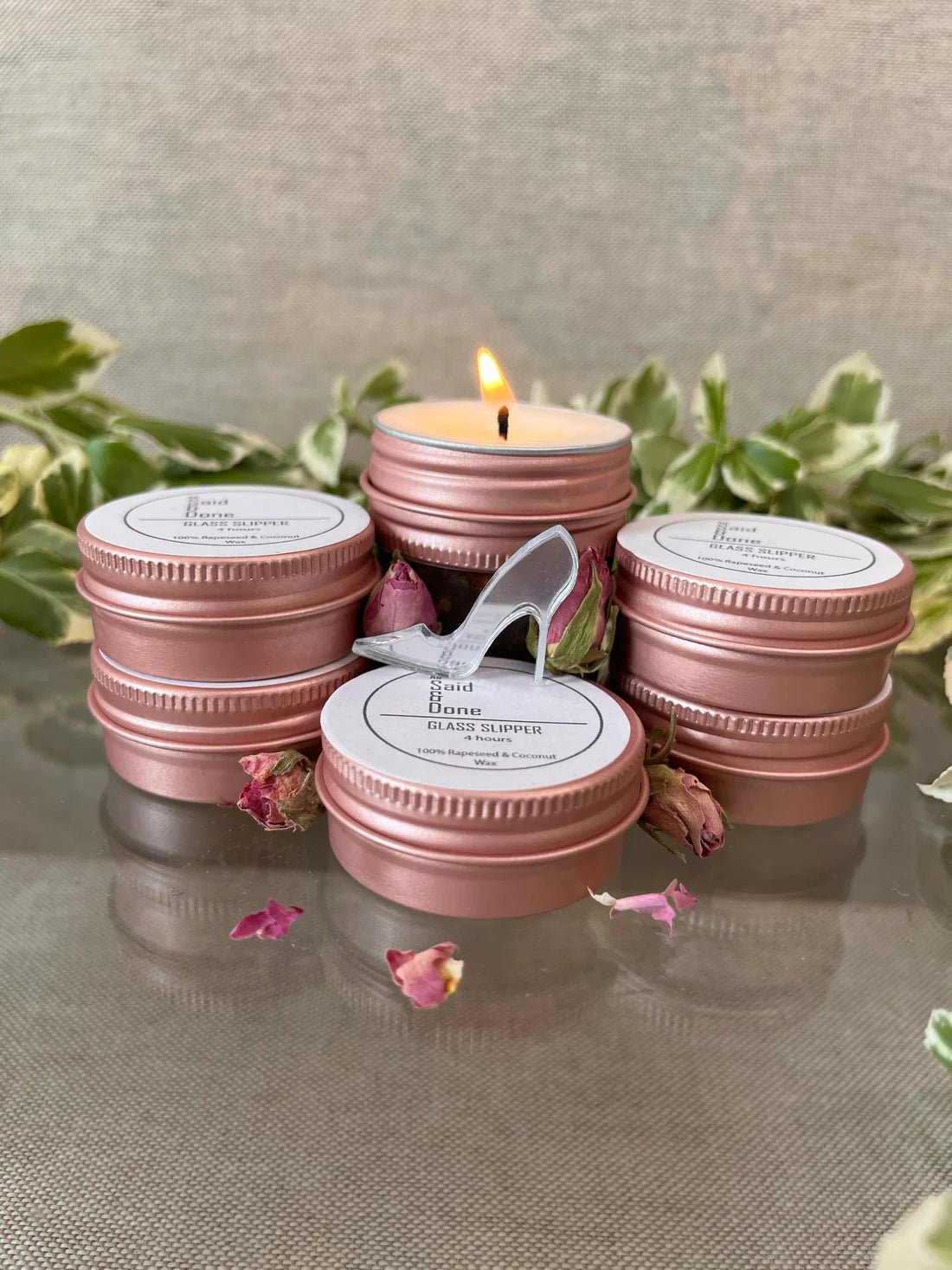
A Brief History of Candles
It still amazes me that a tiny flame and a lump of wax can evoke a range of emotions in us whilst at times they can mesmerise and beguile. The use of candles as a source of illumination has been around for centuries with many attributing the use of a wick in animal fat to the Ancient Romans which enabled them to light their homes, travel at night and for use during religious ceremonies. Although Ancient Egyptians were using the core of reeds dipped in tallow (animal fat) as a technique thousands of years before but these are not seen as the traditional wicked candle we are familiar with today. Historians have also discovered that many other cultures had similar ways to enlighten their surroundings. The Chinese, Japanese and Indians are just some of the cultures that used a range of materials as a wick and then dipped them in wax materials derived from nuts, insects and particular boiled fruit.
For centuries the main source of wax was tallow which gave off a smoky flame and pungent smell. The introduction of beeswax in the middle ages made candles much more enjoyable as the flame didn't emit black smoke and had a sweet aroma when burned.They were however expensive so only the wealthy could burn them in their home. Candles were used in religious ceremonies too, one of the earliest documented was Emperor Constantine who insisted on them being used during an Easter service in the 4th century. Hanukkah, the Jewish festival of lights centres round the lighting of candles and dates back to 165B.C.
By the 13th century tallow candles had become a guild craft in England and France with Chandlers (candlemakers) going from door to door making candles from the fat found in the kitchens reserved to make candles or by selling them from their own stores.
Come the 18th century a growth of the whale industry has been attributed to the creation of the modern candle we know today. The use of spermaceti which is the crystallisation of whale oil produced a wax that was harder and could endure the summer heat better than tallow or beeswax. Some notable developments occurred during the 19th century in candle making. The french chemist Michel Eugene Chevreul found that he could isolate the stearic acid in animal fat which could create a hard durable wax that burned cleanly and this became the common wax used across Europe.
In 1834, inventor Joseph Morgan created a machine that could continuously create moulded candles on a mass scale, therefore produce cheaper more affordable candles. By the mid 19th century chemists learned how to separate naturally occurring wax substance from petroleum and refine it. Paraffin was born and became a stalwart of the candle making world due to it having a clean burn, odourless and cost effective to produce. However it is a soft wax which had a low melting point and so it was combined with stearic acid to create a more durable wax.
When the light bulb was introduced in 1879 there was a rapid decline in candle making but during the first half of the 20th Century there popularity increased largely due to an increase in the by products (paraffin and stearic acid) from the U.S oil and meat packing industries both of which had a surge in operation.
By the late 20th century candles were commonplace and popular as a decorative object, mood setters, commemorative or gift options. Also the discovery of new waxes opened a world of choice to consumers. Scientist had also discovered that soybean wax had a softer, slower burn than paraffin and palm wax was being developed with similar properties.
There popularity continues in the 21st century with the introduction of blended waxes such as coconut and rapeseed which has a slow, clean burn without the environmental impact in its production that paraffin, soy and palm may have. Candles are used in everything from relaxation, romance, gifts for birthdays or anniversaries, commemorative, ceremonial. They can calm the mind, elevate the mood and bring peace to a moment.
When all is said and done, a candle has come a long way and has been a prop in many an historical moment. Why not try our rapeseed and coconut wax candles and create your own special moment that can stand the test of time.
